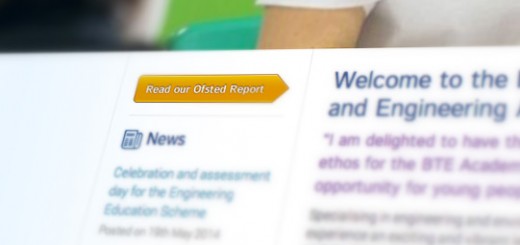Providing support and challenge in a fixed curriculum
The “New” National Curriculum for England is not really that new anymore. It came in September 2014, although many schools were adapting to it for a year before that.
One of the most prominent areas of worry/concern/scrutiny at that time was actually more around assessment than the curriculum content. This was for a myriad of reasons.
Changes in Assessment
Firstly, and most understandably, it was due to the change in assessment which was brought out at the same time – namely the loss of the old “levels” we had known for so long. Bye-bye 2a and 3c. Bye-bye borderline 4bs. And a very fond (not really) farewell to APP grids. What a relief right? Finally losing those ladders of progress. Except we didn’t really. We just changed the name in a lot of places. Bye-bye 2c….Hello 2 Beginning! Bye-bye 1a…Hello 1 Secure!
Assessment changed in name but the process didn’t change much on the face of it. Progress graphs were adapted to reflect the new labels. All sorts of fancy ways of calling a child Below, At, or Above expected progress and attainment. Whether they were Paddling, then Swimming, then Diving. Or Butterflies, then Ladybirds, then Eagles.
The focus of schools, for SLT especially, became centred around what Secure even means. 70% Secure across the curriculum? 100%. 50%? (Maybe if it makes the graph look better…!) I remember having countless conversations with headteachers trying their best to wrap their heads around what it all meant and how to best ensure they know what learning and progress “looks like” in their school.
But this was all distraction from the actual content of the curriculum and the work that teachers were having to do which was, in all honesty, often very separate from what was happening in progress tracking systems.
The Second reason assessment took over was the new rule around when you can study or be assessed on a certain chunk of the curriculum. The old rule would maybe see a child in Year 6 being taught, and assessed, as a Level 2. So long as they were making 2 sub-levels of progress they were left to still be far behind in content terms. They went to secondary school with massive gaps. Even a Level 4 child could have massive gaps going to secondary school in areas with lower weighting such as spelling or handwriting.
So the new DfE guidance was that the curriculum for the year group is key. A Year 2 child should be studying the Year 2 curriculum. No ands, ifs or buts. Just do it. Teach them Year 2 work and support them to achieve it. Which is great in theory and has helped many students stay with their peers. But there are always some outliers. The guidance was that if you do not move them on with the rest of the class then you are holding them back. So teachers would tie themselves in knots trying to force a whole class through the curriculum no matter what, when in reality they did not necessarily have the resources to support them.
Breadth and Depth of the Curriculum
Thirdly, students who were previously zoomed through the levels as they are “high achieving” were told to stop and “master” the subject or topic. Greater Depth became the buzzword. Breadth and depth of the curriculum. Again, there were good reasons for this as many students were rushed on more for the sake of the graph of progress than for their own good and still could have gaps as mentioned before. But it means that there are still many schools who will not teach “out of year group”; this can hold back children with higher learning potential, just as much as it can be damaging to push a child through the curriculum who is struggling.
All of this makes it hard for schools to focus on the curriculum content in a way which meets the needs of every student in their classes.
Another hot topic has been that many schools now drop homework, especially at primary, as it just adds to teacher workload and often widens the gap between pupils where some will get support at home and some will not.
It is all tricky, isn’t it? So what can schools do to provide individually in a curriculum which does not offer much wiggle room for those who do not figure some preset idea of “the norm.”
Using the school website to support the curriculum
Your website could be a good way to help you support every family without stressing out the teachers by asking them to provide too many resources for every individual all the time. You could have pages of great websites, YouTube channel links, and curriculum-linked additional resources for all year groups…. and some extras which cover subjects and topics not even covered by the curriculum… as added extras. Those who want to race ahead in their own time can then do so, and those who need extra support at home can find it without worrying if their parents are able to support them directly with it. Parents can even learn alongside them.
If you pick some good YouTube channels, for example, there will even be a stream of new content provided by the channel creator, without schools and teachers having to keep adding to the lists. This saves teacher time as you can just refresh those webpages when it suits – even if that is only once a year.
There are so many free sites nowadays which you can point parents and students to. Also, lots which, if you sign up as a school, parents and students can access from home to go above and beyond.
Covering everything for everyone will always be difficult. The new curriculum has made some improvements over the old system, for sure. But there will always be the need to move away from the one-size-fits-all system too!











